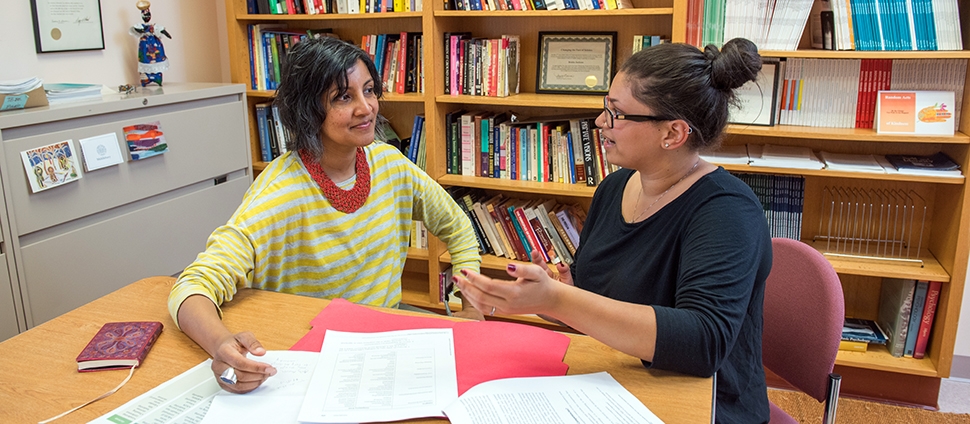Document Type
Article
Publication Date
1-1-2001
Publication Title
Cognitive, Affective and Behavioral Neuroscience
Abstract
In the present study, functional magnetic resonance imaging was used to examine the neural mechanisms involved in the imagined spatial transformation of one's body. The task required subjects to update the position of one of four external objects from memory after they had performed an imagined self-rotation to a new position. Activation in the rotation condition was compared with that in a control condition in which subjects located the positions of objects without imagining a change in self-position. The results indicated similar networks of activation to other egocentric transformation tasks involving decisions about body parts. The most significant area of activation was in the left posterior parietal cortex. Other regions of activation common among several of the subjects were secondary visual, premotor, and frontal lobe regions. These results are discussed relative to motor and visual imagery processes as well as to the distinctions between the present task and other imagined egocentric transformation tasks.
Volume
1
Issue
3
First Page
239
Last Page
249
DOI
10.3758/CABN.1.3.239
ISSN
15307026
Recommended Citation
Creem, Sarah H.; Downs, Traci Hirsch; Wraga, Maryjane; Harrington, Gregory S.; Proffitt, Dennis R.; and Downs, J. Hunter, "An fMRI sSudy of Imagined Self-Rotation" (2001). Psychology: Faculty Publications, Smith College, Northampton, MA.
https://scholarworks.smith.edu/psy_facpubs/127



Comments
Archived as published.